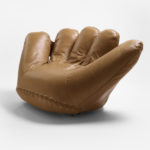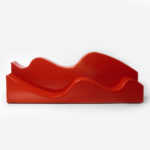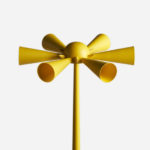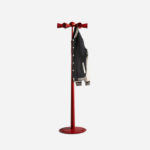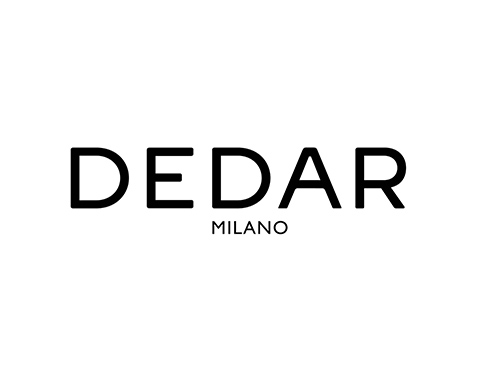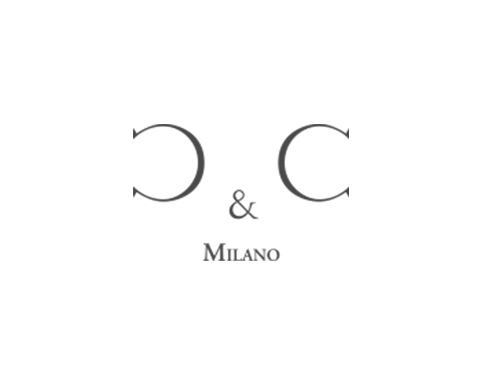Memphis-Milan is the great cultural phenomenon of the 1980s that revolutionized creative and commercial logic in design. Born in Milan in 1980 from the idea of ??Ettore Sottsass and a group of young designers and architects, who over the years have become famous designers on the international scene, Memphis has overturned all the existing parameters, precisely because his goal was to break the status quo of the design industry.
Even in the world of textiles, Memphis has left a strong mark, becoming a symbol of New Design; its influence has been immense in the history of design and is still very strong in various sectors of production and beyond: its aesthetics have been taken up and embraced in various artistic fields in recent years and its fabrics have become a source of inspiration for many fashion designers and fashion houses. In 2014 American Apparel launched a collection designed by Nathalie du Pasquier herself, Valentino was inspired by the collective’s design for his 2017 collection, and recently Adidas launched the “ZX Memphis” shoes.
The interest in Memphis has always been quite high even in previous years, as shown for example by the MiuMiu spring / summer 2005 collection, where the Nathalie du Pasquier patterns were used, but it is only in recent years that he has returned with strength in the spotlight, thanks to the increase in interest in Italian design and the revaluation of the 80s, which have always been considered an emblem of a courageous taste. The spirit of Memphis has also returned to influence many other creative fields in the digital world in the last period with the appearance of geometric and colorful patterns on posters, videos and websites.
Over the years many young designers have passed through the collective, coming from different countries and cultures and bringing all their personal contribution in the context of a common manifesto; among them Martine Bedin, Andrea Branzi; Aldo Cibic, Michel Graves, Nathalie du Pasquier, Peter Shire, Javier Mariscal, George Sowden, Alessandro Mendini, Matteo Thun, Masanori Umeda, Arata Isozaki, Shiro Kuramata, Marco Zanuso jr and many others.
The textile part, however, was curated only by Ettore Sottsass himself and Natalie du Pasquier, who made surprising fabrics, according to the same aesthetic rules as the other collections of furniture, lamps and objects. The fabrics are made of cotton, 140 cm high, to create coverings for armchairs and sofas, cushions, blankets and tablecloths, but also for decorative panels. In 1983 Ettore Sottsass designed “Sketch”, “Latreset” and “Rete” each in two color variations. Nathalie du Pasquier declined his pictorial experiments in some colorful and very original fabrics, full of energy and dynamism: “Mali” and “Burundi” of 1981, “Zambia” “Zairend” and “Gabon” in 1982 and finally “” Circle “In 1983.

